A 15th-generation sake brewer in Kyoto, Japan, on tradition, innovation and taking on the family name | South China Morning Post

Ann Kang, general manager of the Doubletree by Hilton Kyoto Higashiyama hotel, says: “While sake can be enjoyed neat, warm or cold, I find that its relatively low alcohol content … and complex flavours make it a naturally good choice for pairing with food.
“Its clean finish is ideal for a variety of Japanese cuisine and it works remarkably well with Western food as well.
“We offer a selection of local brews which showcase the different sake flavour profiles available in Kyoto.”
Sake making is not the only tradition the Masuda family has kept alive. Myoseki is the Japanese term for the practice of handing down family names. It dates back to before the Edo period; for merchant houses, the full name of the head of an established business was handed down from generation to generation.
Those bestowed a family name under this practice were obliged to assume the debts of their forebears. However, the practice has evolved to imply trust, tradition, history and brand value.
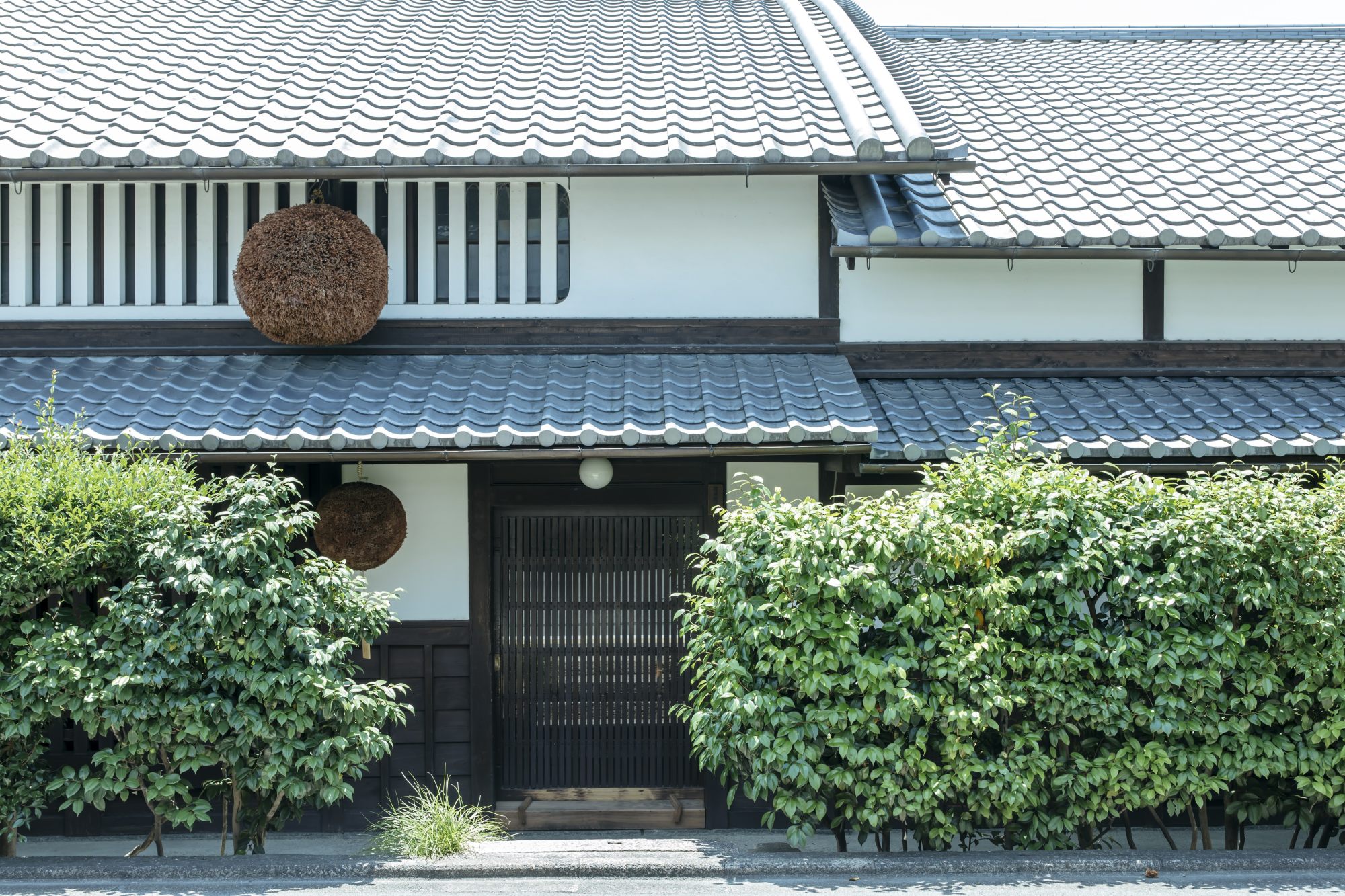
Having become the chief executive of Masuda Tokubee Shoten at the age of 30, Masuda will soon inherit the Tokubee name from his father, which is a source of immense pride.
“I will need to change the name on all my identification documentation and credit cards,” Masuda says. “I will not answer to Junichi any more.”
He adds: “When I was growing up, people would tell me that, as the oldest son, I was set to inherit the family business, but I never felt pressure from my father. He always told me to do what I wanted.”
Growing up in a dynasty of sake masters comes with responsibilities.
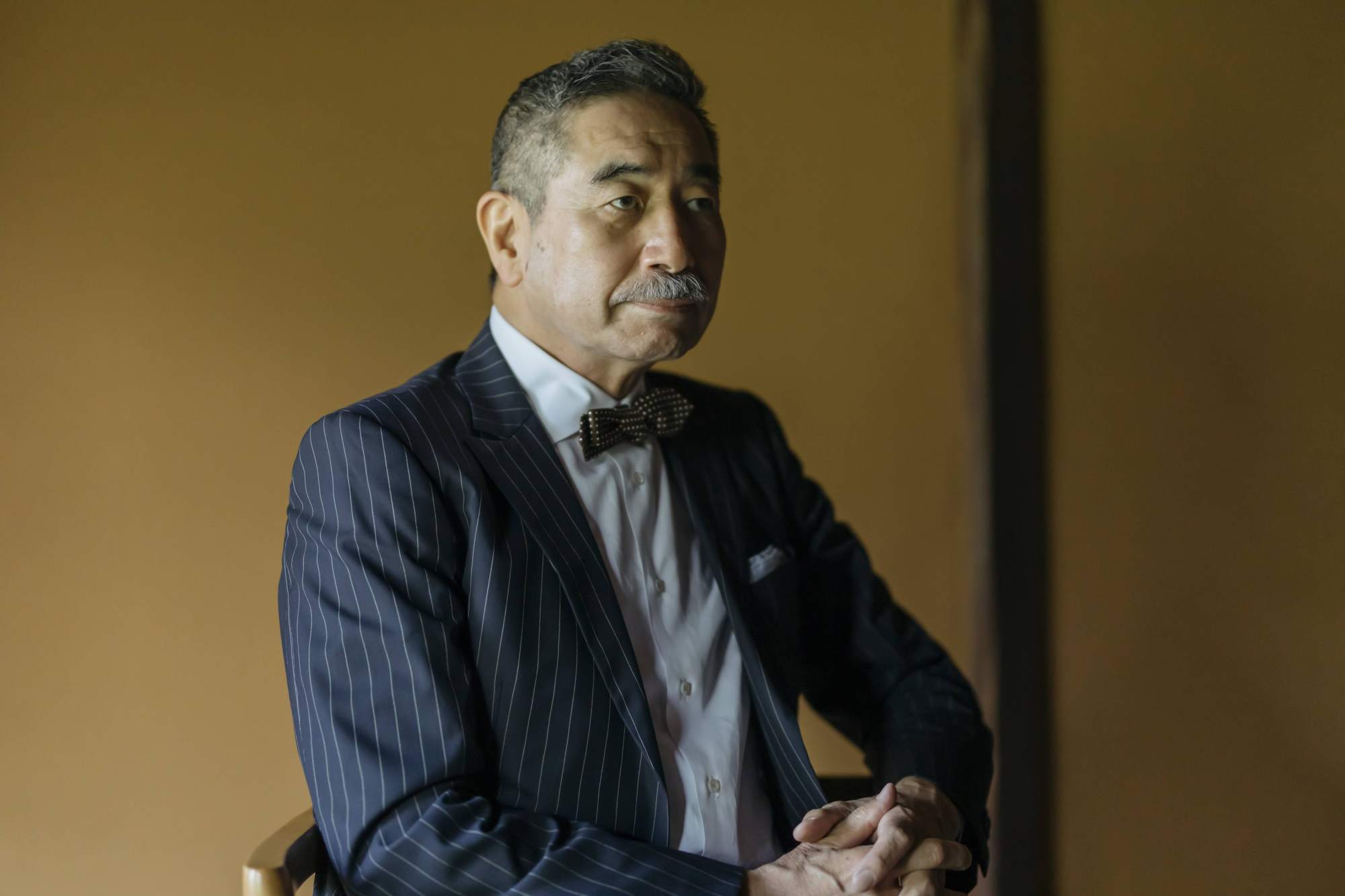
“I had to learn how to roll up the kakejiku, or hanging scrolls, and put them away. I remember my grandfather teaching me the differences in how the sake tastes when you use different cups. Of course, when I was a boy I had the chore of tidying up the sake cups of the adults if they had a meeting at our house,” Masuda says.
Traditionally, the brewing year would start in the autumn, when special sake brewing rice was harvested and breweries officially started making that season’s sake. The first sake would be released in the spring.
Technology has advanced, rice is available all year round, and breweries are able to brew continuously. But Masuda Tokubee Shoten still follows the tradition of brewing for only part of the year.
This seasonality might be the key to the dynastic continuity of the Masuda family. As well as Masuda’s father encouraging him to find his own passion, the gap in the sake brewing calendar allows him to do just that while meeting the responsibilities of carrying on the family legacy.
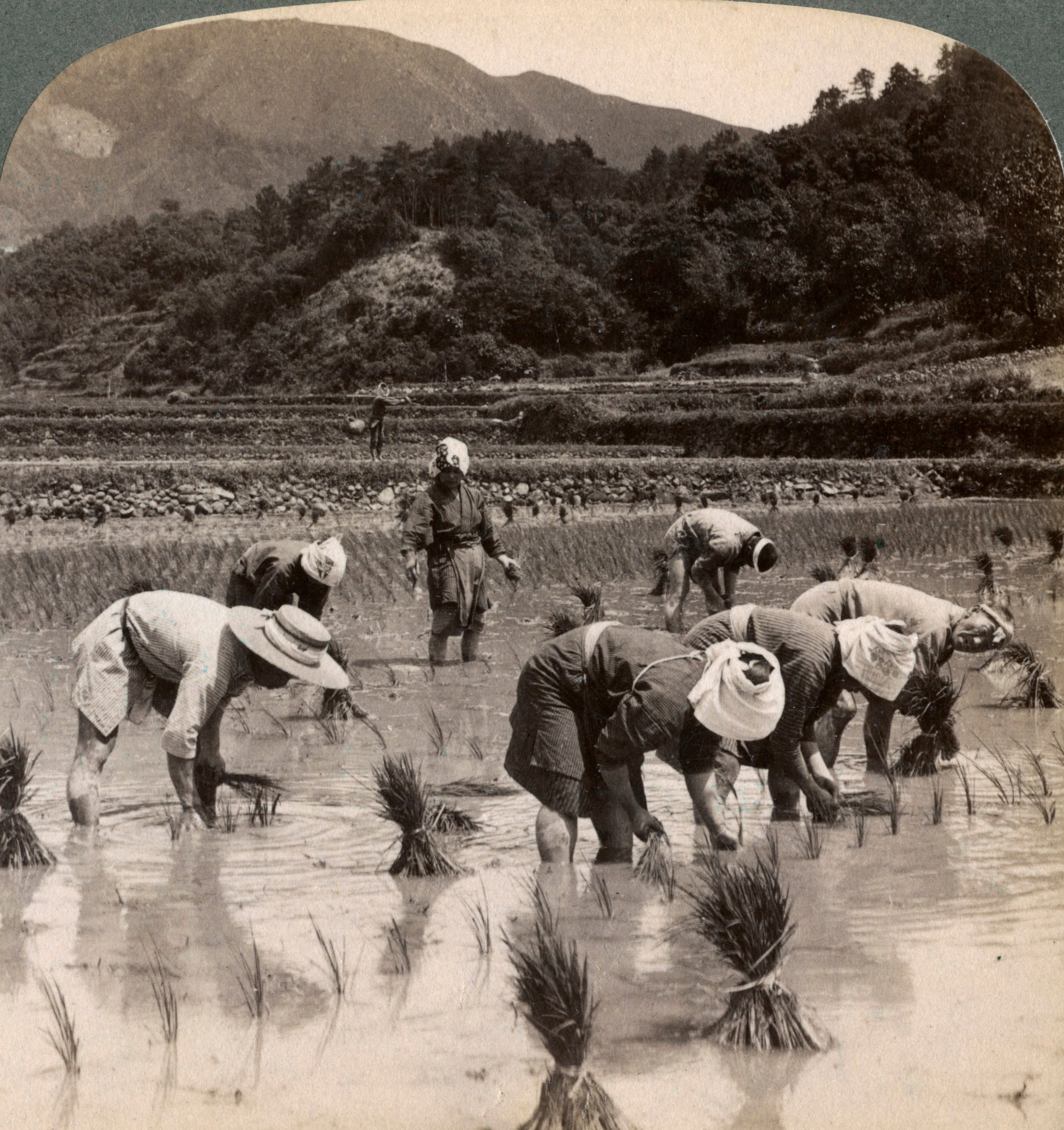
Masuda graduated with a degree in marketing from Tokyo’s Nihon University and took a course at Columbia University in New York to absorb the vibes of that city.
While he had already made up his mind to inherit the sake business, Masuda felt he wanted more experience in the business world before he headed back to Kyoto. So he returned to Japan to work in Tokyo in the infamously fast-paced advertising industry, where he became a workaholic.
“We’d be working until 3am or 4am for days in a row,” Masuda says.
His great-grandfather, Tokubee the 12th, was a well-read history buff who became friends with Akira Kurosawa, revered as one of the world’s most influential filmmakers.
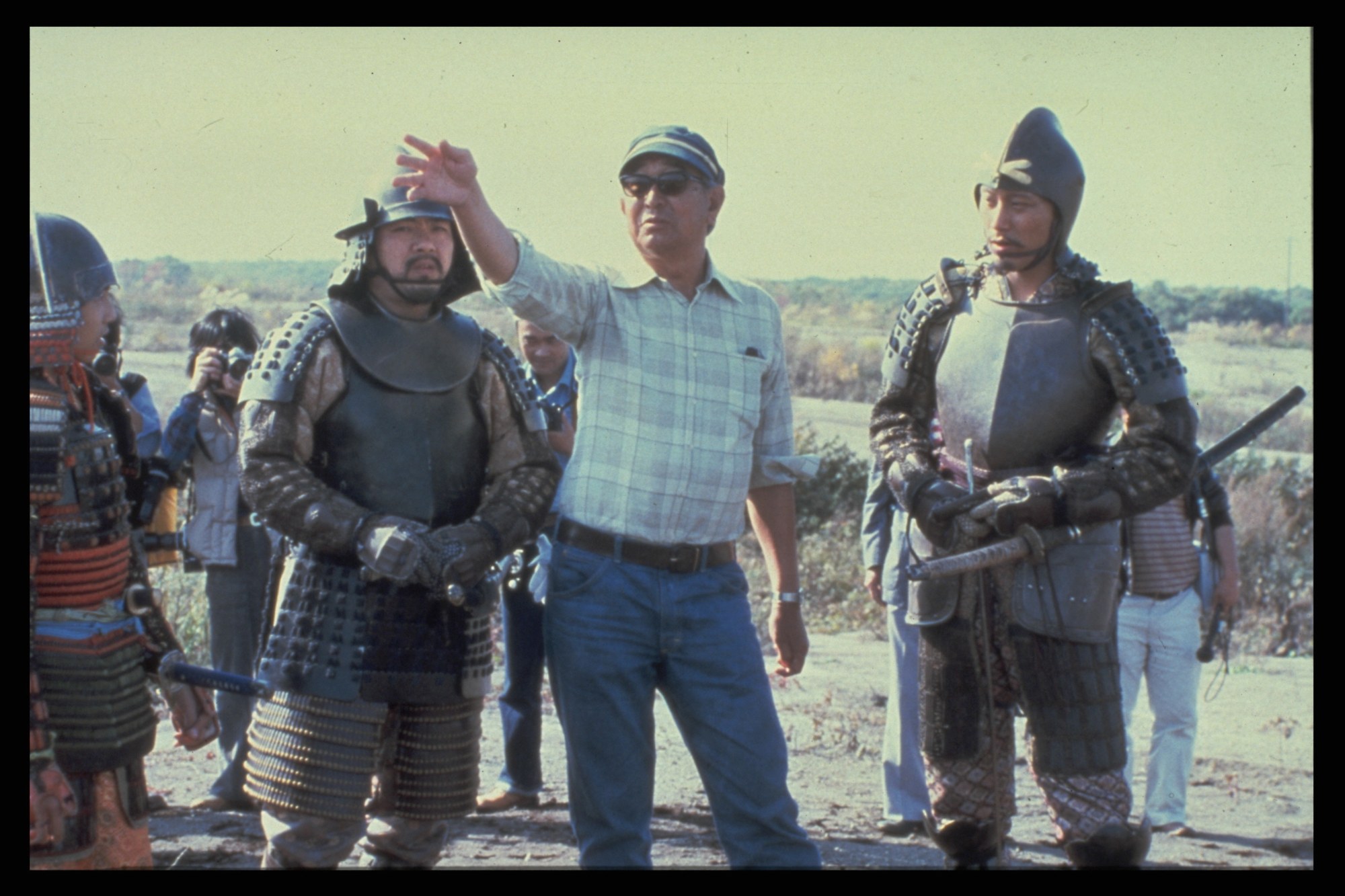
“Kurosawa told my great-grandfather that drinking sake isn’t just about the taste, it’s about who you’re drinking it with, the environment and everything around it too,” Masuda says.
“So my great-grandfather started collecting ukiyo-e [a type of Japanese woodblock print art that flourished in the Edo period] to use on the sake labels. Since he’s a historian, he started the practice of keeping labelled records of the art so we can pass it down from generation to generation.”
Masuda’s grandfather, Tokubee the 13th, was a great innovator. A fan of champagne, he decided to make sparkling sake – but faced a few obstacles.
“In Japan, the government taxes breweries as soon as the sake is made, so it is illegal to sell unfiltered sake,” Masuda says. “[It’s] because breweries can then avoid the tax because it would be considered an unfinished batch.”

To filter a sparkling sake made using the champagne method would mean destroying all the carbon dioxide or bubbles produced in the fermentation process.
To get around this, Tokubee the 13th invented a gauge with tiny holes that was placed in the fermentation chamber. He then invited government and tax officials to the brewery to observe how the gauge technically filtered the sake in the fermentation tank and they came to an agreement that the gauge could be considered a filter.
And so, in 1964, with a handshake, the first commercial sparkling sake was born.
Masuda’s grandfather, through his passion for alcohol, left Masuda a gift.

“My grandfather wanted to try ageing sake, but the method had been lost. Luckily my great-grandfather organised the family records very well and my grandfather found some old texts that dated back to the Edo period, describing how to age sake for samurai and government officials.”
The texts described how sake must be aged in a ceramic bottle and kept somewhere that is not temperature controlled to allow the rice wine to breathe in the winter cold and summer heat.
“The flavours are 100 per cent different from fresh sake,” says Masuda. “It’s gold in colour and on the nose it’s a bit vinegary, a strong soy kind of smell. On the palate it’s totally different, a little bit sticky in texture, but it tastes like a smoky sherry with a bit of honey flavour.”
Masuda has started bottling 20-year aged sake. It is only sold to select clients. “We only have around 100 bottles, but I only released 20 to the market. They were sold for 500,000 yen (US$3,300).”
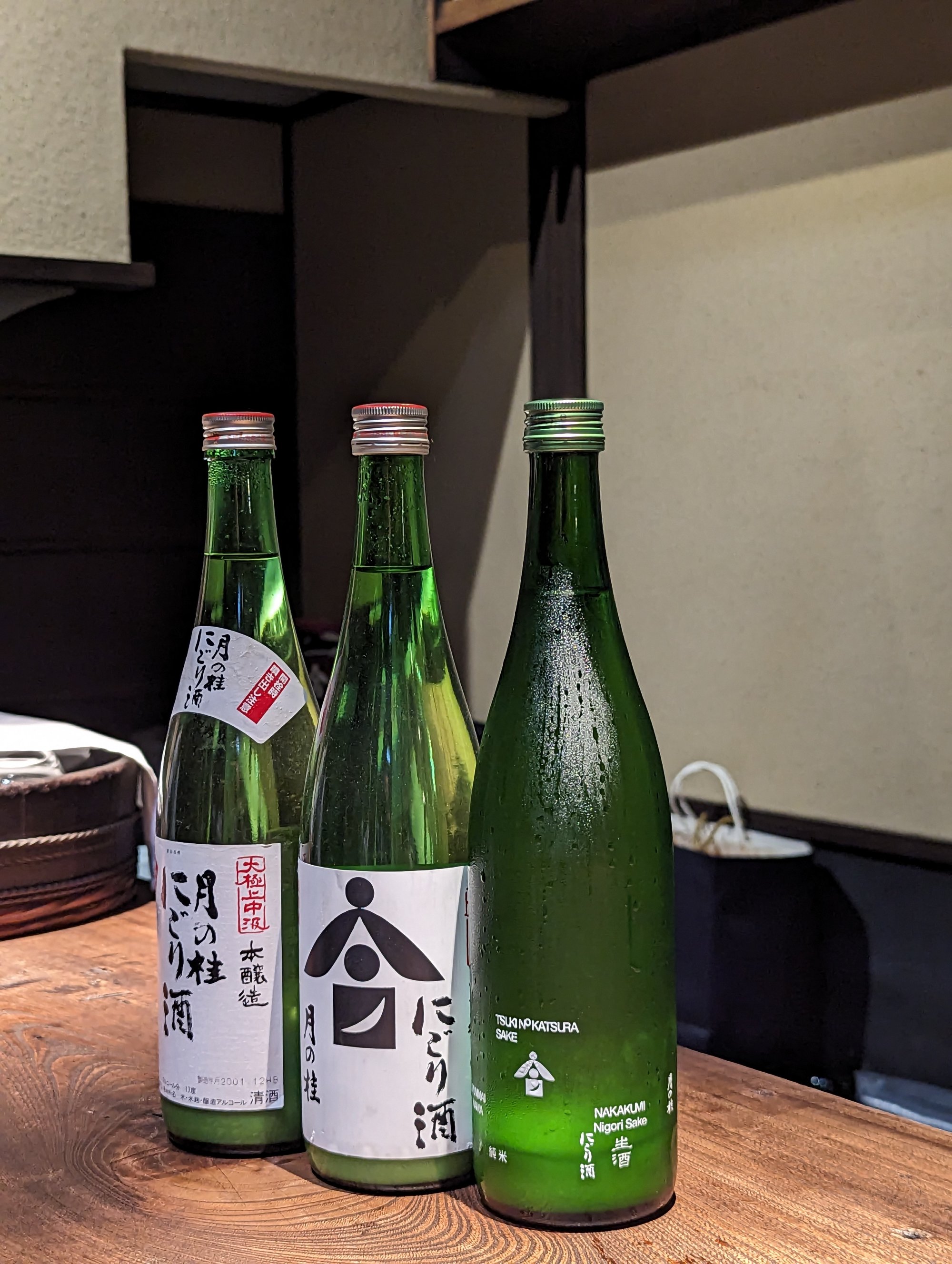
Masuda’s father, Tokubee the 14th, made changes too, returning the family to its roots as rice farmers by harvesting the much neglected Iwai variety of sake rice. Iwai, while ideal for sake making, was dropped from Kyoto’s recommended list of rice varieties because it is notoriously hard to grow.
Masuda – soon to be Tokubee the 15th – has designed a new label for Tsuki no Katsura to modernise the image of the bottles.
He is also gathering interest in starting cask investment for the brand’s aged sake, which would allow individual investors to own casks of the spirit.
Masuda says: “Like my grandfather did for me, people who are interested can own a cask for their future generations, too.”
